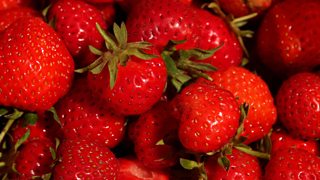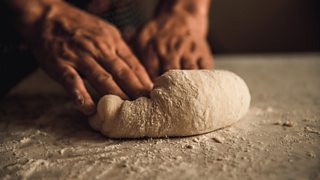Ten cooking hacks you need in your life
Now is the time to brush up on your kitchen skills. This page is packed full of many tasty titbits to change the way you cook forever. We've pulled together nuggets of food knowledge gold here for you to step your cooking up to the next level. For real cheffing expertise, look no further...
1. Use a wooden chopping board
Most professional kitchens use stainless steel for hygiene purposes. A lot of us use plastic, or glass even. But the best chopping board to use at home is a wooden one.
It's an urban myth that wood is antimicrobial. Wooden chopping boards are the best because they're the worst environments for bacteria to live over a longer period of time. The wood is porous - meaning moisture absorbs into the surface, drying the board out quicker and the bacteria then die off more quickly.
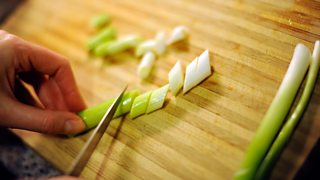
Zoe Laughlin, from the Institute of Making, explains why wood is best.
2. Don't bother peeling your mushrooms
As Jay Rayner points out, peeling a mushroom can be a very dull thing to do. Is life too short to peel a mushroom? Most chefs say yes.
Not only is peeling a mushroom laborious and time-consuming, but there's a lot of good flavour in the skin of one. Give them a wash and a chop and stick them straight in your dish.
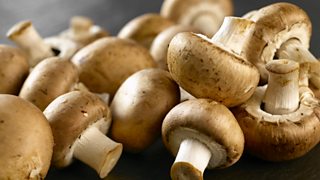
To peel or not to peel, that is the question.
3. Salted or unsalted butter? It doesn't matter
This is a contentious one. Our grandparents used to bake with unsalted butter and cook with salted, traditionally.
Salt is present in butter as a preservative. It is used as a preventative measure to stop bacteria growing. The salt deprives bacteria from excess liquid and water, which the microbes would find a lovely environment to breed in.
Professor Barry Smith says he uses unsalted butter to cook his mushrooms in, because he doesn't want the mushrooms to absorb the water. Chefs Jay Rayner and Rachel McCormack both use salted butter for all their baking and cooking. Baking recipes often say to add a little bit of salt after all...!
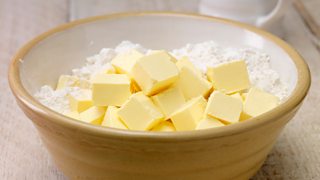
Jay Rayner talks to Professor Barry Smith about the difference between salted and unsalted butter.
4. Use fresh yeast when baking, not dried yeast. Ask a baker in a supermarket for fresh yeast
Sometimes it can be hard to source fresh yeast. Bakers believe that fresh yeast makes your baking taste far better than using dried yeast.
Tim Hayward recommends going to the bakery in a supermarket and asking the baker for some fresh yeast. You may even get it for free. Tim Hayward mentions that until recently there was an age-old law in Britain that if you went to a bakers and asked for live yeast they had to give it to you. Worth a try.
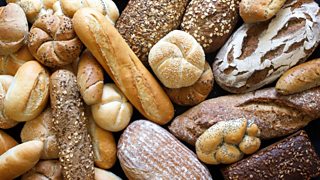
Baking: fresh or dried yeast?
5. Keep bubbles in a fizzy drink by keeping it cold and putting a lid on it
Does the old trick of putting a spoon in the top of an open bottle of champagne help to keep it bubbly? The short answer is no. What helps keep something bubbly is keeping it cold and keeping the pressure in the bottle by putting a lid on it.
If you think a fizzy drink can has been shaken up, it won't actually make a difference if you tap the top of it. Because it's a sealed, pressured can, you're not going to make any difference to the pressure by tapping the top. You might end up make things worse!
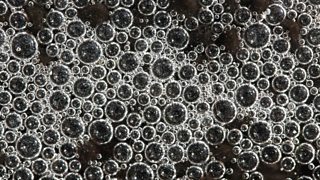
The answers to some key questions about bubbles in drinks.
6. Rapeseed oil is a great all-round cooking oil
Jay Rayner asked a panel of chefs on The Kitchen Cabinet which oil do they prefer to use as a really good all-rounder when cooking. They answered that, if not using animal fats like lard, they'd choose rapeseed oil.
It's pretty flavourless, so it won't impart a different taste into whatever you're cooking, and it also has a high burning point so it's not going to burn really quickly.

Which cooking oil can you use for everything?
7. After cooking, rest meat down to warm room temperature whilst it's covered with tin foil
You want the meat to cool down. The reason that meat retains more juice after it rests is because the liquid inside is more viscous and it can't seep out. So you do want it to cool but you have to keep in mind the size of whatever it is you're resting.
A thin minute steak would need less resting time than an entire roast chicken. Andi Oliver advises keeping it next to the cooker in the warm kitchen as it's cooling to room temperature and she would cover it with tin foil for the first part of resting and then take the tin foil off close to the end of resting.
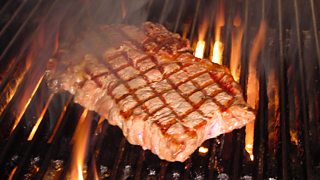
Tips on the best ways to rest meat after cooking.
8. Use more parts of the vegetables you cook with
Do you chop off certain bits of vegetables and throw them away? You may need to rethink what you're doing, because there are lots of parts of vegetables that we regularly bin that are extremely tasty.
From broccoli stalks to celery tops, pea pods to the skin of an onion, you could be using more of each vegetable, rather than throwing parts away. The Kitchen Cabinet chefs explain which parts they regularly make use of.
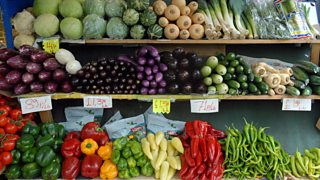
The vegetable parts you shouldn't be throwing away.
9. Check a wine by smelling the cork and making sure it doesn't smell damp
The first thing to look for in wine is whether or not there is a fault with the wine and whether it has been corked. It's easier than you think to tell if a wine has been corked because it will smell like damp, dirty cork - a quite foul smell. This happens because of the presence in corked wine of a noxious compound called TCA or trichloroanisole.
Give the cork a good sniff, then swirl the wine in a glass and give that a good sniff too. You will be able to tell if there's a bad fault in it using your nose. After that it's down to whether you like the taste. Many of us don't know our Grenache from our Gewürztraminer.

How to taste wine when dining out
10. You can throw spaghetti at a wall to see if it's cooked (or just taste test it)
Yes, the old trick of throwing spaghetti at a wall to see if it sticks is true. But also you can slice a piece of pasta in half to look at the texture and see if it's cooked throughout. The least elaborate way of testing if your pasta is cooked to perfection is by tasting it.
Pasta releases starch as it gets cooked, so you can often see the water you're boiling your pasta in change by thickening and becoming less see-through.
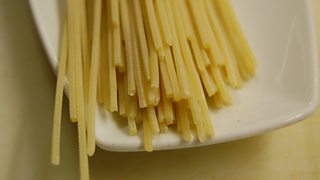
The fool-proof trick to cook pasta to perfection
-
![]()
The Kitchen Cabinet
Jay Rayner hosts a culinary panel show packed full of tasty titbits.
-
![]()
These pairings may sound a little unusual, but trust us - they are delicious.
-
![]()
Sparkling wine doesn鈥檛 have to mean cork-poppingly expensive Champagne.
-
![]()
Here are ten tasty facts to digest about our trustiest, and crustiest, staple food.
-
![]()
Mouthwatering African food that you have to try!

